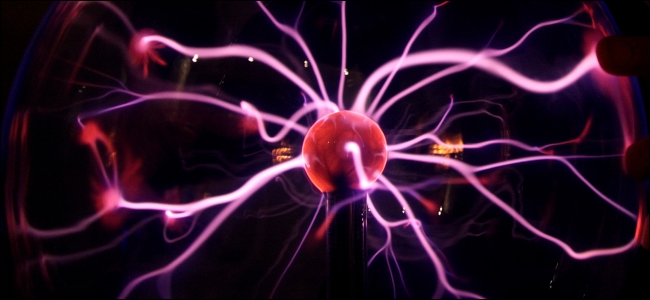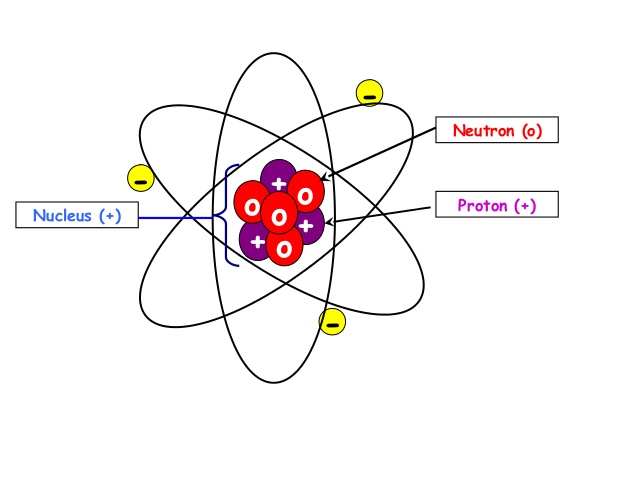Shock People On National Static Electricty Day With This Knowledge

How many times have you shuffled your feet across the carpet, went to an unsuspecting friend and shocked them? Or pulled a sweater over your head just to have your hair make you look like a walking plasma ball? These fun experiences are caused by static electricity. In honor of National Static Electricity Day (January 9), let’s learn a few fun facts.
But first a mini science lesson.

What is static electricity?
Static electricity is an imbalance of electric charges in or on the surface of a material. By rubbing the materials together, you can transfer electrons, or negative charges, from one to another.
Electrons?
Everything is made of atoms. So far scientists know of 118 different kinds, which they call “elements.” There are 94 elements that exist naturally, the remaining 24, synthesized. The core of an atom is a nucleus made of protons and neutrons (except for hydrogen, which has only a proton). Orbiting the nucleus are electrons. Each of these particles have their own properties or characteristics. One of these properties is called an electrical charge. Protons are a positive charge, electrons are a negative charge, and neutrons have no charge.

Now imagine these particles are like magnets. When a positive and a negative end of two different magnets are near, they will pull together and connect. When two positive or negative ends are near, they push away from each other.
How is this related to static electricity?
So, if two items are rubbed together, then the electrons that are spinning around the nucleus of the atom can be transferred. These particles will continue to build up until the surplus is released, which causes the shock to your unsuspecting friend. However, during that build up, all the same negatively charged electrons will push away from each other, which is why the we end up like a puff ball when putting on winter clothing. Static electricity is more common during the winter due to the lack of moisture in the air.
So now that we have a basic foundation of static electricity, here some facts to impress your friends on trivia night:
- It’s called static electricity because the charges remain in one area until released rather than moving or “flowing”.
- While a spark of static electricity can measure thousands of volts, it has very little current and lasts for a short period of time. This means it has little power or energy.
- In 1752, Benjamin Franklin developed a theory that lightning in the sky was the same as static electricity that was generated by rubbing a glass rod with cloth, which was correct. Lightning is electricity, just like static electricity. In fact, lightning is static electricity, a result of two clouds rubbing together. An electrical charge leaves the cloud and connects to another cloud or the ground because of the unbalanced charges.

- Temperatures of a lightning bolt can hit 50,000 degrees Fahrenheit or 27,760 degrees Celsius.
- 70% of people struck by lightning survive.
- Static electricity travels at light speed (186,282 miles per second or 299,792,458 meters per second)
- Static electricity is different than the electricity from a chemical battery.
- Static electricity is used in printers and photocopiers. The charges attract the ink or toner to the paper.

- Static electricity can damage some electronics, like electronic chips. They are stored in special bags and people who work with these kinds of electronics will wear special straps that keep them “grounded” so they do not build up a charge and ruin the electronic components.
- Static electricity is used in air freshener. Air ionizers strip electrons from dust particles and pollen. They are then attracted to and attach a plate in the machine that Is of the opposite charge, cleaning the air.
So now that your knowledge on static electricity is a bit more complete, go forth on this January 9 have some fun!
![]()




